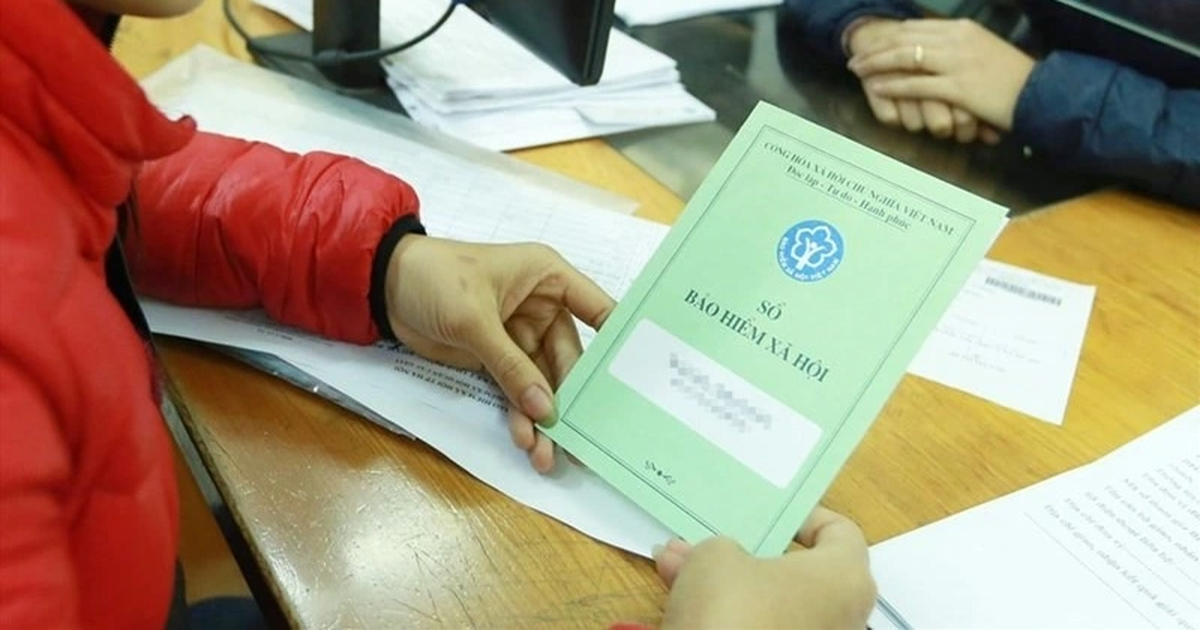A Secretaria de Trabalho, Assuntos Sociais e Veteranos da província de Vĩnh Phúc informou que, após três anos de implementação da Resolução nº 18/2021/NQ-HĐND, 5.636 idosos receberam auxílio no valor total de 21,2 bilhões de đồng.
A Resolução nº 18/2021/NQ-HĐND do Conselho Popular da província de Vĩnh Phúc estabelece o valor mensal de assistência social para idosos entre 70 e 79 anos pertencentes a famílias pobres ou quase pobres, que não recebem aposentadoria, seguro social ou benefícios especiais destinados a veteranos com méritos revolucionários na província de Vĩnh Phúc. A resolução entrou em vigor oficialmente em 1º de janeiro de 2020.
Durante a execução dessa política, a Secretaria afirmou haver uma cooperação estreita entre os diferentes níveis governamentais, agências, unidades envolvidas e organizações sociopolíticas, além de contar com o amplo apoio da população.
Após três anos de implementação, a política de assistência social mensal para idosos entre 70 e 80 anos, pertencentes a famílias pobres ou quase pobres que não recebem aposentadoria, seguro social ou benefícios especiais, tornou-se parte integrante da vida local.
Esse auxílio ajudou a melhorar a qualidade de vida dos idosos em situação de pobreza ou vulnerabilidade econômica que não têm outros tipos de renda.
No entanto, a Secretaria de Trabalho, Assuntos Sociais e Veteranos reconheceu que, apesar da redução da idade elegível (para 70 anos), apenas uma pequena parcela dos idosos pobres ou quase pobres sem aposentadoria, seguro social ou benefícios especiais foi beneficiada pela política.
Além disso, muitos idosos ainda enfrentam dificuldades e condições precárias de vida.
O acesso ao benefício está vinculado à condição de pobreza ou quase pobreza das famílias. Portanto, ele não é estável, já que, quando os idosos deixam de pertencer a essas categorias, perdem o direito de continuar recebendo o auxílio conforme previsto na Resolução nº 18/2021/NQ-HĐND.
 Idosos recebendo auxílio financeiro
Idosos recebendo auxílio financeiro
Link da fonte: https://dantri.com.vn/an-sinh/hon-5600-nguoi-tu-70-tuoi-khong-co-luong-huu-nhan-tro-cap-20250215111455900.htm



